Market Growth Projections
The Global US Radioligand Therapy RLT Market Industry is characterized by robust growth projections, with expectations of reaching 12.5 USD Billion by 2035. This anticipated growth is underpinned by several factors, including increasing cancer prevalence, technological advancements, and supportive regulatory frameworks. The market is also expected to experience a compound annual growth rate (CAGR) of 12.27% from 2025 to 2035, indicating a sustained upward trajectory. These projections reflect the growing recognition of radioligand therapies as a critical component of modern oncology, highlighting their potential to transform cancer treatment paradigms.
Technological Advancements
Technological innovations in radioligand therapy are significantly influencing the Global US Radioligand Therapy RLT Market Industry. Advances in imaging techniques and radiopharmaceutical development enhance the precision and efficacy of treatments. For example, the introduction of novel radioligands allows for targeted therapy, minimizing damage to healthy tissues while maximizing tumor destruction. These advancements not only improve patient outcomes but also attract investment into the sector. As a result, the Global US Radioligand Therapy RLT Market is expected to grow substantially, with projections indicating a market size of 12.5 USD Billion by 2035, driven by continuous technological evolution.
Increasing Cancer Incidence
The rising incidence of cancer globally is a primary driver for the Global US Radioligand Therapy RLT Market Industry. As cancer cases continue to escalate, the demand for innovative treatment options, such as radioligand therapy, becomes more pronounced. For instance, the American Cancer Society reports that approximately 1.9 million new cancer cases are expected in the United States in 2024 alone. This growing patient population necessitates advanced therapeutic solutions, propelling the market forward. The Global US Radioligand Therapy RLT Market is projected to reach 3.5 USD Billion in 2024, reflecting the urgent need for effective cancer treatments.
Growing Awareness and Education
Increasing awareness and education regarding radioligand therapies among healthcare professionals and patients are pivotal for the Global US Radioligand Therapy RLT Market Industry. As more information becomes available about the benefits and effectiveness of these therapies, both physicians and patients are more inclined to consider them as viable treatment options. Educational initiatives and outreach programs are being implemented to disseminate knowledge about radioligand therapy, thereby enhancing its acceptance in clinical practice. This heightened awareness is expected to contribute to the market's growth, aligning with the projected increase in market size to 12.5 USD Billion by 2035.
Rising Investment in Healthcare
The surge in healthcare investments, particularly in oncology, is a significant driver for the Global US Radioligand Therapy RLT Market Industry. Governments and private entities are allocating substantial funds towards cancer research and treatment innovations, including radioligand therapies. This influx of capital facilitates the development of new therapies and enhances existing treatment modalities. As healthcare systems prioritize cancer care, the market is poised for expansion, with forecasts suggesting a market size of 3.5 USD Billion in 2024. This trend underscores the commitment to improving cancer treatment options and the potential for radioligand therapies to play a central role.
Regulatory Support and Approvals
Regulatory bodies are increasingly supportive of radioligand therapies, which is a crucial driver for the Global US Radioligand Therapy RLT Market Industry. The U.S. Food and Drug Administration (FDA) has expedited the approval process for several radioligand therapies, recognizing their potential in treating various cancers. This regulatory environment fosters innovation and encourages pharmaceutical companies to invest in research and development. As a result, the market is likely to experience robust growth, with a projected compound annual growth rate (CAGR) of 12.27% from 2025 to 2035, reflecting the positive impact of regulatory support on market dynamics.


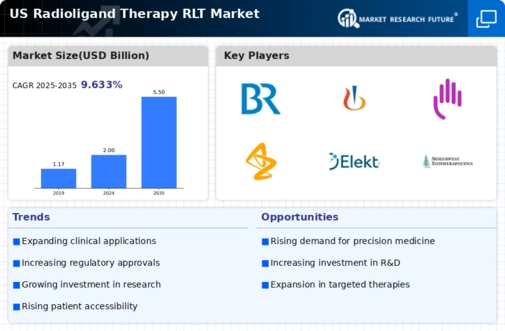
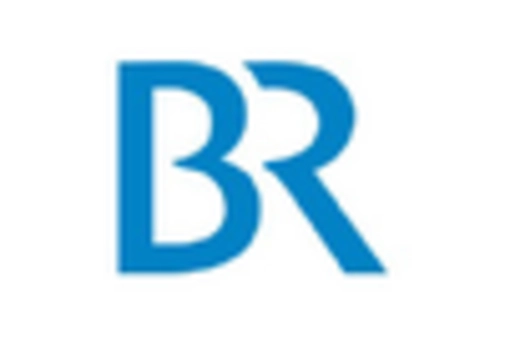
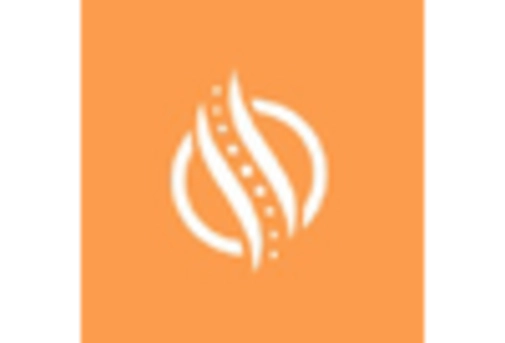
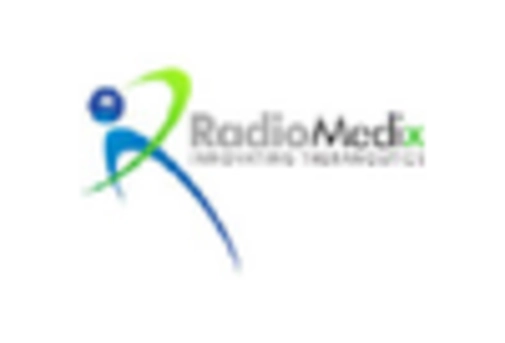
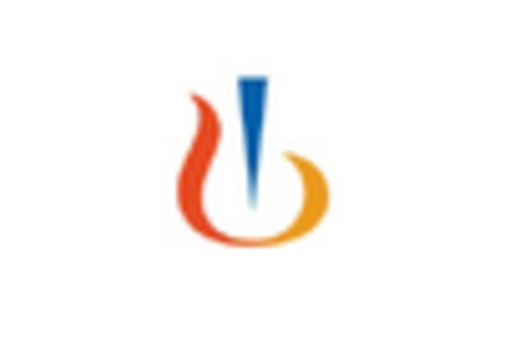
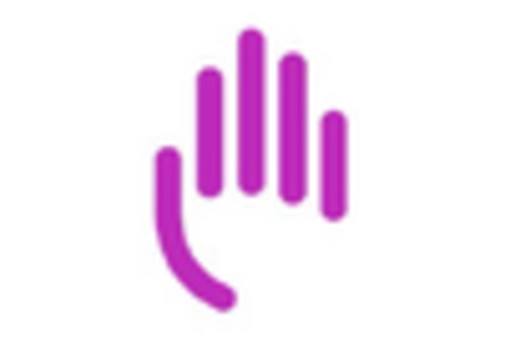
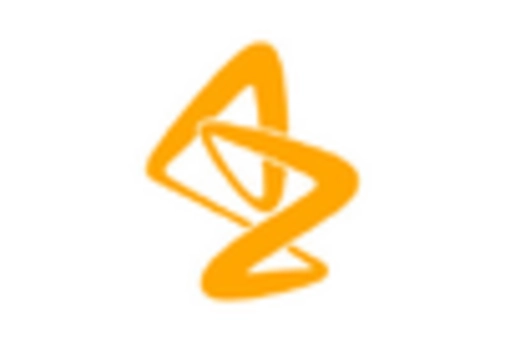
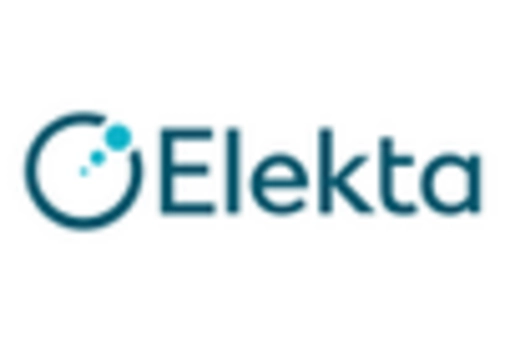
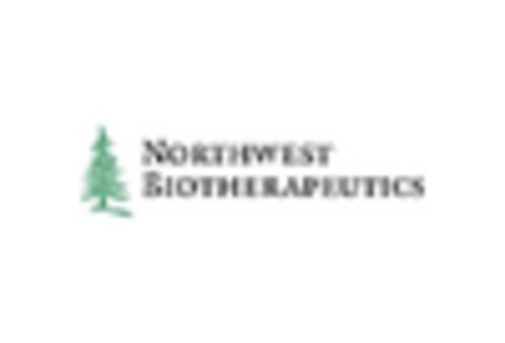
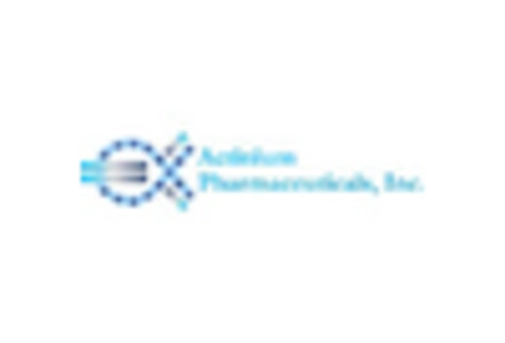








Leave a Comment